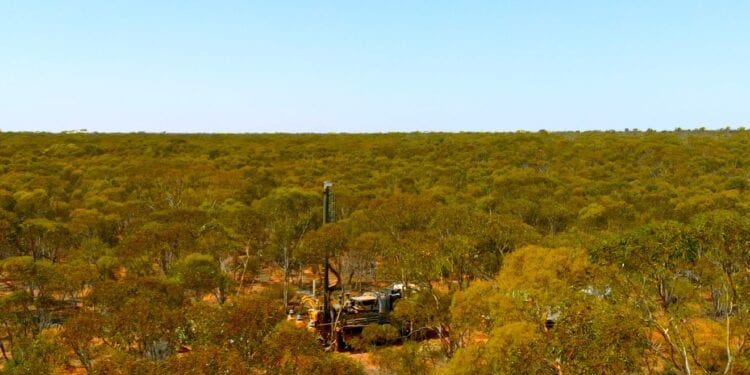Diamond Core Testing To Begin On Key Nickel Targets
Galileo Mining Ltd(ASX: GAL) is preparing to commence a key diamond core drilling campaign at its highly prospective targets within the Fraser Range Nickel Belt in Western Australia.
RC pre-collars have been completed at each of three high priority diamond drill targets. A diamond drilling company has been contracted to undertake the work on site and is on track to begin this month.
Managing Director, Brad Underwood, said three significant nickel targets will be drilled including an electromagnetic conductor at the Lantern East prospect, a structural target on the margin of a major intrusion, and a disseminated sulphide target at the Lantern South prospect.
“This is our first diamond drilling program at our northern Fraser Range project which lies between the Nova mine to the southwest and Legend Mining’s Mawson prospect to the northeast,” Mr Underwood said.
“It is a great area to be exploring for nickel sulphides and our first opportunity to test the ground with core drilling. We have approximately 500 metres of diamond drilling planned at three separate areas with each zone showing potential for sulphide mineralisation.
“This is an exciting part of the exploration process and we look forward to moving into the next phase of work at this promising Fraser Range nickel project.”
A previously reported EM target on the margin of the major gabbronorite intrusion occurs 1.5km along strike from the mineralised ultramafic unit at Lantern South has been renamed Lantern East to better reflect its position relative to the major intrusion.
The conductor is oblique to the strike of the margin of the intrusion and may represent a separate pulse of magma, similar to the ultramafic unit at Lantern South, which also crosscuts the regional magnetic fabric.
Lantern East previous drilling around the near surface ultramafic intrusion has identified disseminated nickel and copper mineralisation. A structural and geological target 200 metres northwest of the sulphide mineralisation will also be tested.
The magnetic image at this position shows an embayment which may be related to post emplacement modification of the major intrusion associated with a mineralising event. EM surveying over this zone showed some evidence of a conductive body at an estimated depth of 200 metres however the conductive cover rock prevented definitive modelling of the target.












